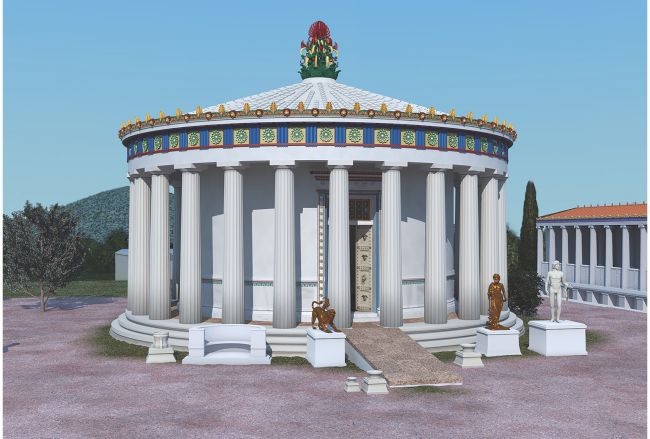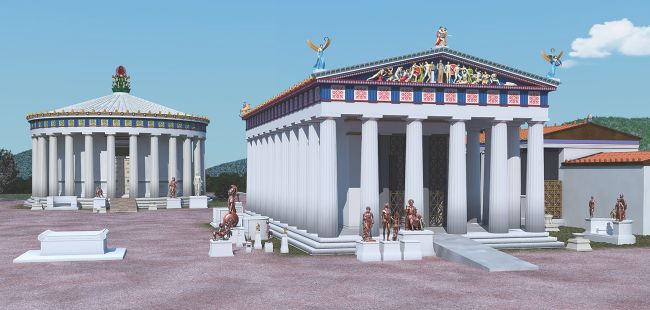These days, we're seeing more and more mobility ramps into public buildings, which give people who have physical disabilities easier access.
Though the ramp is hardly a new invention, we tend to think of these mobility ramps new. We've added them to public spaces as our society has become more inclusive and aware of the needs of everyone.
But new research suggests that this idea is hardly a new one. The Ancient Greeks built ramps outside certain temples!
Temple access
This study comes from Debby Sneed, a classics lecturer at California State University. Her research examined buildings in Ancient Greece to see how accommodating some of them were of people with disabilities. And she found that as far back as the fourth century B.C., ramps were used, particularly outside temples known as healing sanctuaries.
In an email interview with Live Science, Sneed wrote, "It seems clear that the most reasonable explanation for [these] ramps is that they were intended to help mobility-impaired visitors access the spaces that they needed to experience religious healing."
Putting the pieces together

Though historians have long known about these ramps, Sneed's research is asking new questions about why they were built. (©2019 J. Goodinson; Scientific advisor J. Svolos; © Antiquity Publications Ltd, 2020)
And how does she know this? Could the ramps have been for some other purpose?
Firstly, ramps cost money. The Greeks wouldn't have gone to such extra trouble and expense to build ramps where they weren't needed.
Sneed's research found that ramps kept appearing at ancient healing sanctuaries. People came to these places looking for help with issues like leg and arm injuries, poisonings, eyesight problems, and other health issues that would have made movement challenging.
Historians have actually known about these ramps for a long time. But in the past, they had suggested that they were only there to help get heavy objects in and out buildings for ceremonies and events. But Sneed found that that explanation didn't make much sense. Other research found that the Greeks preferred using cranes for those heavy jobs. And that many other public buildings in Ancient Greece that held ceremonies didn't have ramps, or had very few of them.
Yet the healing sanctuaries always had them.
A progressive society?
Ancient Greece is already known as the birthplace of democracy—the first place in human history where something other than rule by a king or queen was used. Does Sneed's study prove that they were also the first society to respect those with physical disabilities, too?
It is true that these ramps weren't everywhere in Greece. There would have been many other spaces that people with physical disabilities would have found challenging to access. So the concern wasn't across all of their society.
But Sneed's study makes a strong case that the Greeks were at least thinking about who used certain buildings and how they could make it easier for everyone to get inside. Did other societies do the same, but we just haven't noticed it yet? Maybe so!
 A digital reconstruction of a healing sanctuary—and its ramp—in ancient Greece. (©2019 J. Goodinson; Scientific advisor J. Svolos; © Antiquity Publications Ltd, 2020)
A digital reconstruction of a healing sanctuary—and its ramp—in ancient Greece. (©2019 J. Goodinson; Scientific advisor J. Svolos; © Antiquity Publications Ltd, 2020)









